Stevenson Aung & Angélique ChmielewskiCo-founders
Stevenson Aung and Angélique Chmielewski are co-founders of Nalata Nalata, a homegoods store and retail experience in New York City.
Updated: February 22nd, 2024
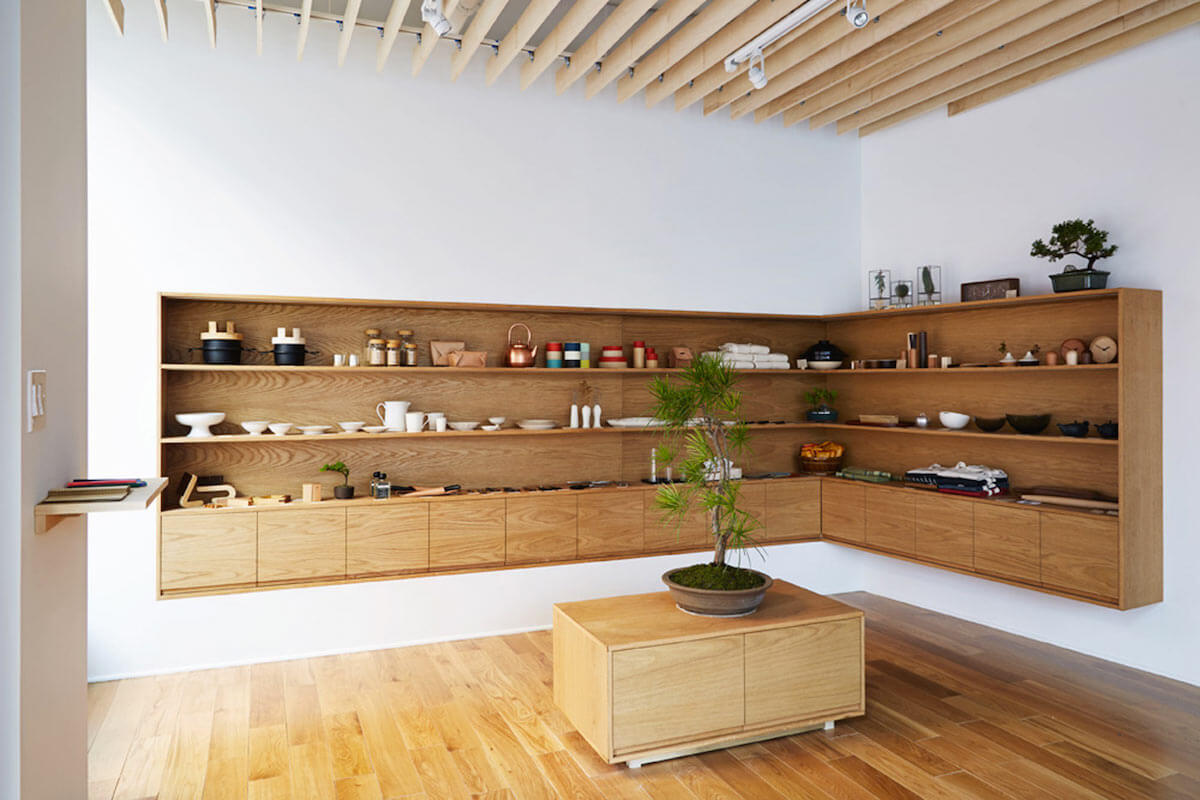
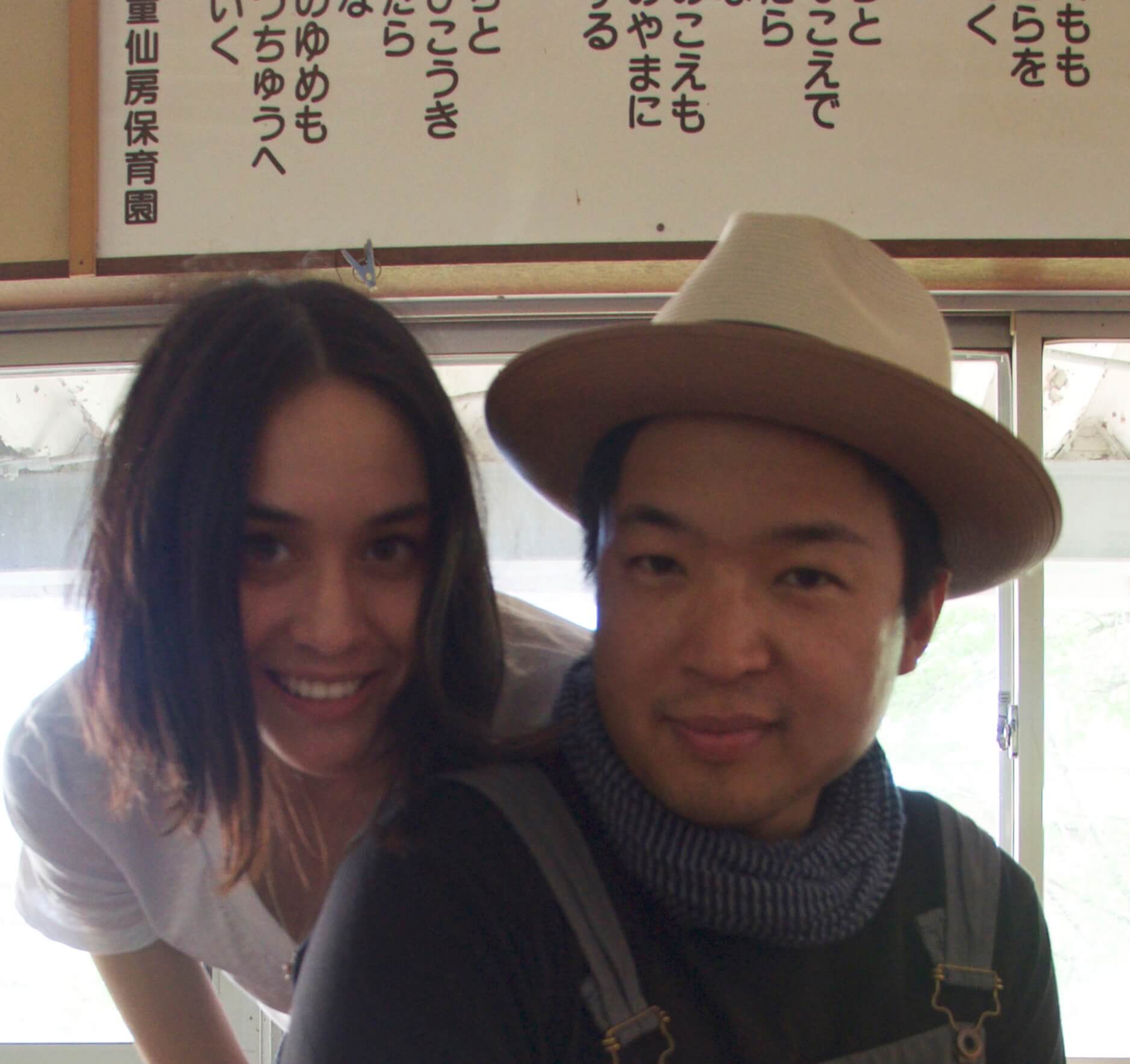
Stevenson Aung & Angélique ChmielewskiCo-founders
Stevenson Aung and Angélique Chmielewski are co-founders of Nalata Nalata, a homegoods store and retail experience in New York City.
Employees
2
Founded
2013
LOCATION
New York, NY
In recent years, a certain subset of consumers have moved towards a more conscious mode of consumption. No longer content with the blind purchasing of mass produced goods, there is a craving for bespoke products that come with stories. People want to know who made their goods and where, they want to know what the global impact might be. Awareness and curiosity are paramount. That idea is the founding principle of Nalata Nalata. The New York City store, run by Stevenson Aung and Angélique Chmielewski, considers itself a “retail experience.” They’re not just pushing a product; they’re pushing the story of the people behind the product.
If you need proof of how integral storytelling is to Nalata Nalata’s business model, just look at their website’s About Page. How many retail stores list comprehensive credits for their graphic designers and photographers, their videographers and editors? The store’s online content is not an afterthought. As considered as their products, the content they produce is a necessary extension of the brand’s core ethos–something Aung and Chmielewski honed when they were still just an online storefront. On their site, visitors can access two different verticals, “Journal” and “Backstory,” both of which provide thoughtfully written and beautifully photographed articles further detailing the products they carry. That means seeing how the items are made and interviewing the people who make. Call it nose-to-tail content.
As for the product, Nalata Nalata’s selection of home goods embraces a modern twist on the Japanese aesthetic. Think glossy ceramics, light woods, clean lines. The store, located on a quiet street in the East Village, is airy and bright, with big windows and potted bonsai. The merchandise is placed thoughtfully and sparsely, giving shoppers enough mental space to assess and handle each piece on its own. The only thing overwhelming about this shopping experience is that you’ll want to take all of it home with you. It’s unsurprising Aung and Chmielewski both come from design backgrounds.
Below, we talk to Stevenson Aung about traveling for inspiration, the decision to go brick-and-mortar, and the changing consumption habits of an ever-shrinking world.
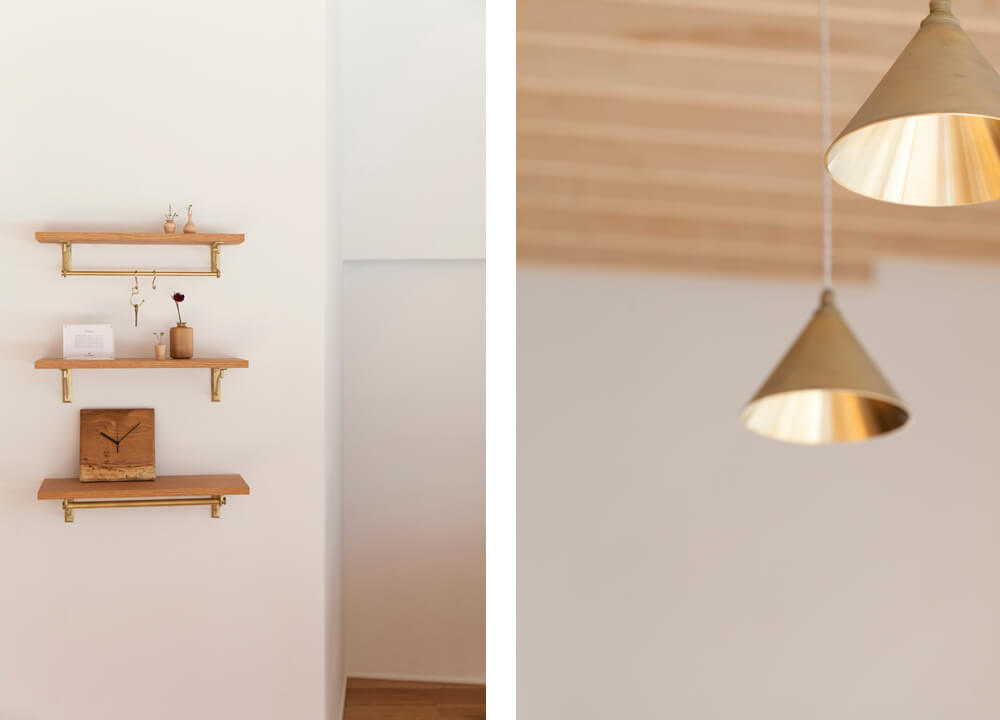

We decided to open our shop and gallery at 2 Extra Place approximately one and a half years ago.

You both come from a design background. What disciplines?

Angélique studied fashion design at F.I.T. while I studied industrial design at Pratt, but we don’t feel like we only operate in one discipline. On any given day, we are required to be a graphic designer, photographer, product designer, illustrator, or even a writer.

What ethos informs your buying strategy?

Many of our clients ask us the same question. We’ve always curated products that fit our lifestyle and interests.

Describe your aesthetic in three words:

Quiet, honest, and mindful.
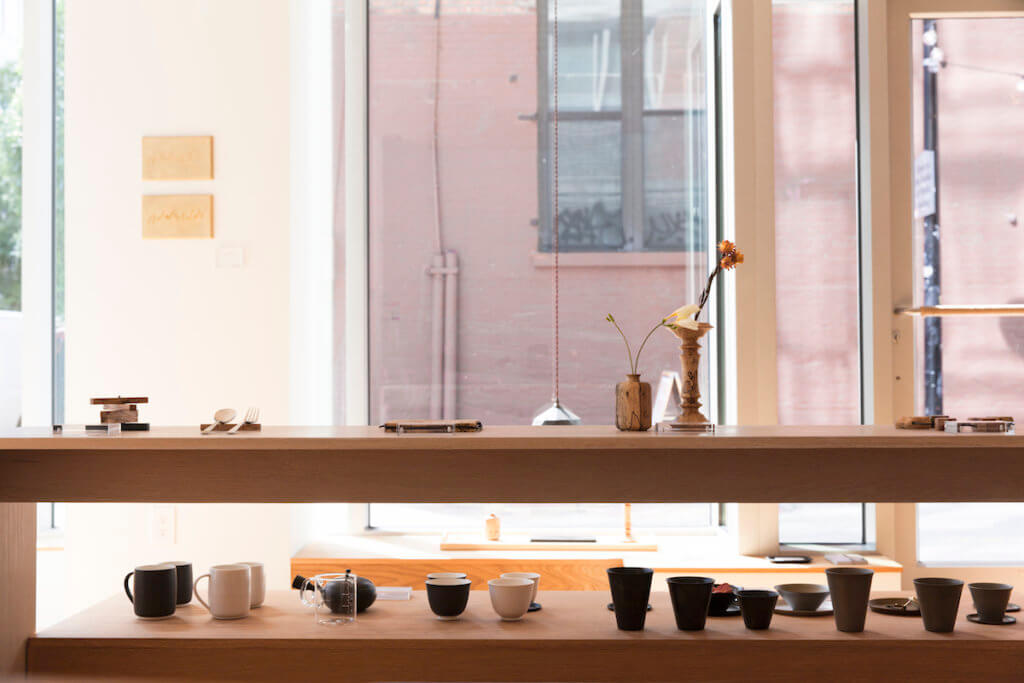

How do your respective backgrounds in design impact the way you look at product?

We are very sensitive to the intricacies of design. When we look at products, there are elements–such as functionality, price, and overall applicability–which need to connect with a delicate balance. We not only understand this complexity from the point of view of a curator, but also as designers. As a result, we have an overwhelming sense of empathy for all the people involved in the process. This aspect becomes especially relevant because the majority of the items we represent are handcrafted.

Do you feel like customers are increasingly stepping away from mass production and wanting personalized products with stories behind them?

There will always be a market for mass-produced products, but we’re operating in a digital age where the world feels much smaller and we have a growing number of alternatives available to us. Consumers have evolved accordingly. People are more conscious of the things that surround their lives. That consciousness extends into how things are being made, who makes them, and ultimately the stories behind the item.

Is that what inspired the “Backstory” section of the site?

Yes, definitely! The intent was to make the products more human, by showcasing the people and stories behind all our brands.
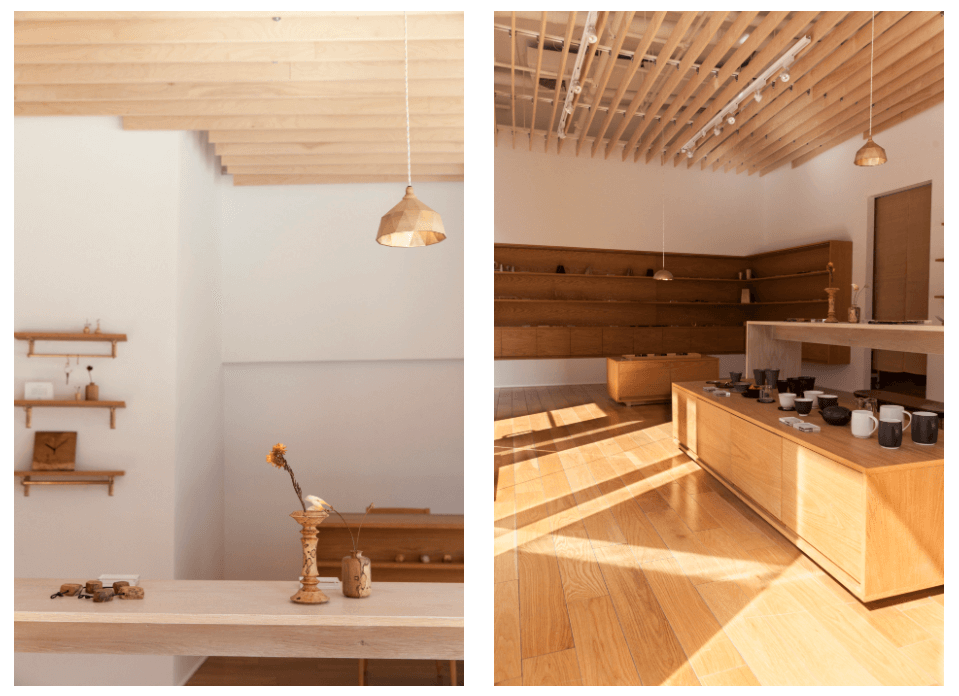

How do you research new brands to carry in the store?

We meet so many of the brands through friends and acquaintances–essentially through our communities in New York, back home in Canada, and now in Japan.

When did Nalata Nalata start as an online business?

Nalata Nalata started as an online shop in January of 2013. We were pushing so hard to open before Christmas of 2012, but we would not make any compromises to the development stages of the website. Consequently, it really delayed our launch, but, as a result, the dynamics of our ecommerce shop are exactly how we’ve always wanted to experience shopping online.

When did you decide to go from online to brick-and-mortar?

We decided to open a pop-up store in the winter of 2013. Many of our friends from Japan wanted to show their support for this venture, so we hosted an exhibition titled “Yukari” to commemorate the opening. Yukari in Japanese is roughly translated to mean a sense of connection between the maker and user. It was befitting of that moment as it served as the underlying basis of our gallery. Looking back now, it was a great learning opportunity. What we enjoyed most was the interaction with our clients, which was previously only through digital means. We felt a special kinship after the experience, almost like we were part of a growing community of likeminded people with an appreciation of crafts. After that experience, we knew we wanted to operate as a brick-and-mortar too.
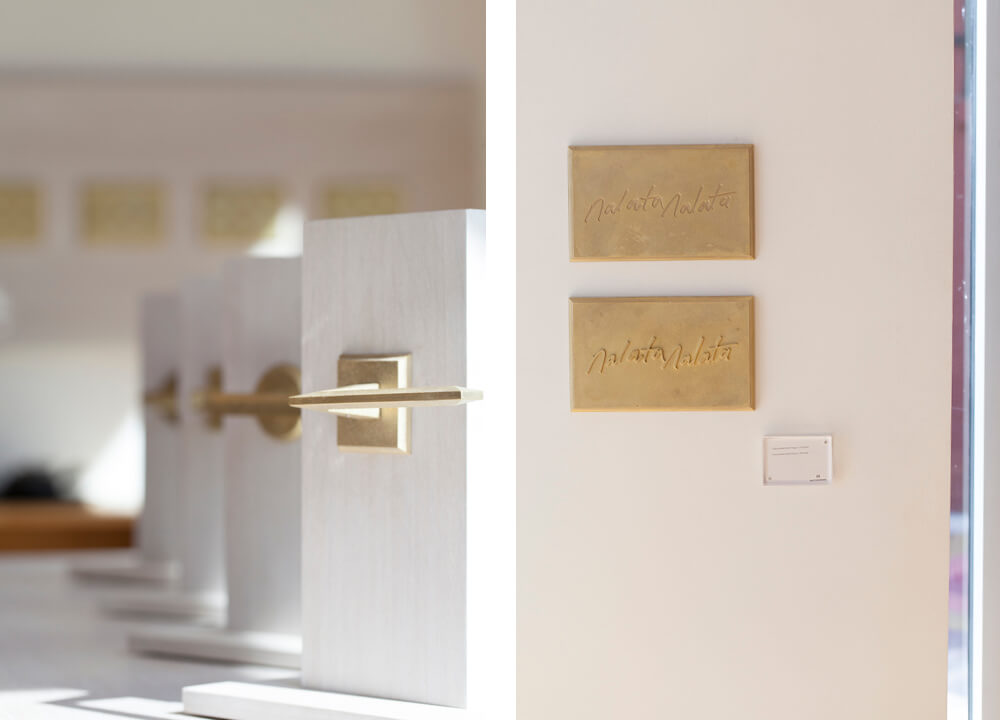

Do you notice a huge difference in having a physical space where people can interact with your products?

Yes, definitely! We do the best we can to showcase the craftsmanship of the products through our photography online, but it just doesn’t replace all the intangibles that go into actually seeing something in person or holding an item in your hands.

Were there any particular stores you were inspired by before opening your own shop?

Even though they operate in a different industry, we’ve always admired the work of HAVEN in Canada. Angélique’s brothers, Arthur and Daniel, founded the company; we’ve followed them closely through their ten years of existence. We especially admire how multifaceted the company has become, creating a separate multimedia division, several in-house brands, not to mention multiple retail locations. Daniel and Arthur still serve as our proud mentors.

Is ecomm still a large part of the business?

I think ecommerce will always be a big part of our business. It allows us to connect with people all over the world, and we thoroughly enjoy the storytelling aspects of our platform.

How did you raise the initial capital to launch the online site?

A combination of funds saved up from various freelance projects and a few maxed credit cards.

Was that the same for the physical store?

No, that was the result of systematic budgeting.

You two seem to travel quite a bit. Do you think those experiences add value to the business?

Yes, I think traveling really has informed the way we want to live and what we value in life. Angélique and I really pride ourselves in making personal connections with all the people behind the brands we represent, so often that means traveling to remote towns and hours spent in-transit. We really enjoy these kinds of trips and come back feeling inspired.
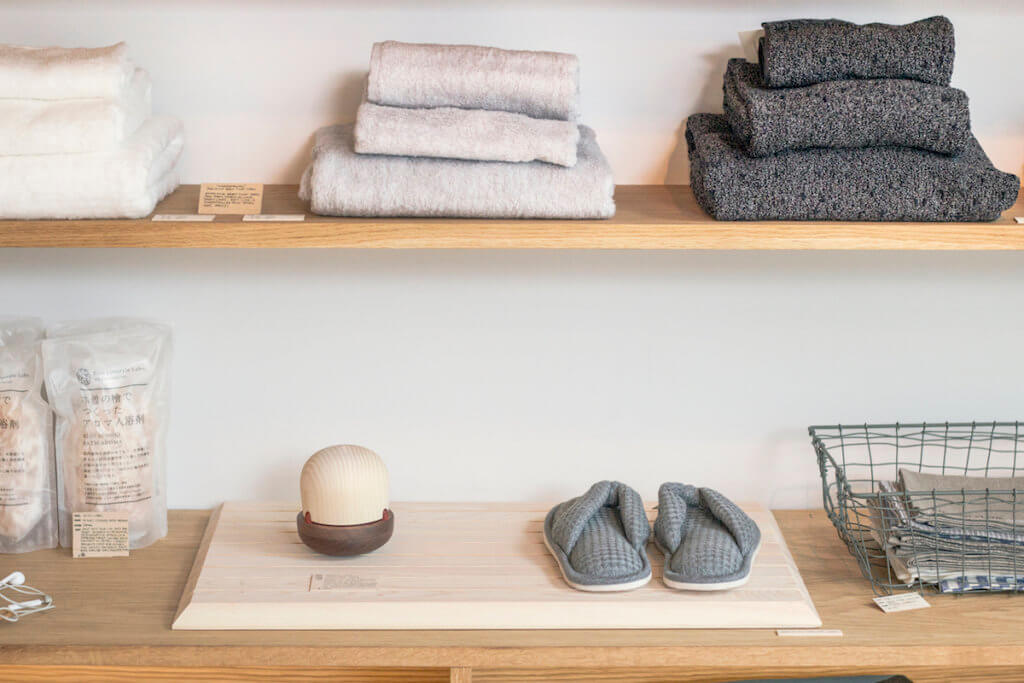

What has been the biggest hurdle for the business so far?

Managing all the different projects we have on the go at any given moment. As our business grows, we embark upon new ventures all the time. For example, currently we consult on product development for three brands, design our own in-house collection, and we’re currently working on our first publication. It often feels like there are never enough hours in a day!

What’s the best piece of advice you could give someone looking to open their own lifestyle retail store?

Good designs will always find their audience.
Quick fire:

Book every entrepreneur should read:

Rich Dad Poor Dad by Robert T. Kiyosaki

Designer you’re most excited about:

SANAA (Kazuyo Sejima and Ryue Nishizawa)

Favorite street in Manhattan:

Bond between Lafayette and Bowery–including Extra Place, of course!

Instagram account we should follow for inspiration:

5 favorite small businesses:
Samantha Novick is a senior editor at Funding Circle, specializing in small business financing. She has a bachelor's degree from the Gallatin School of Individualized Study at New York University. Prior to Funding Circle, Samantha was a community manager at Marcus by Goldman Sachs. Her work has been featured in a number of top small business resource sites and publications.


Funding Circle
When did you two decide to open the shop?